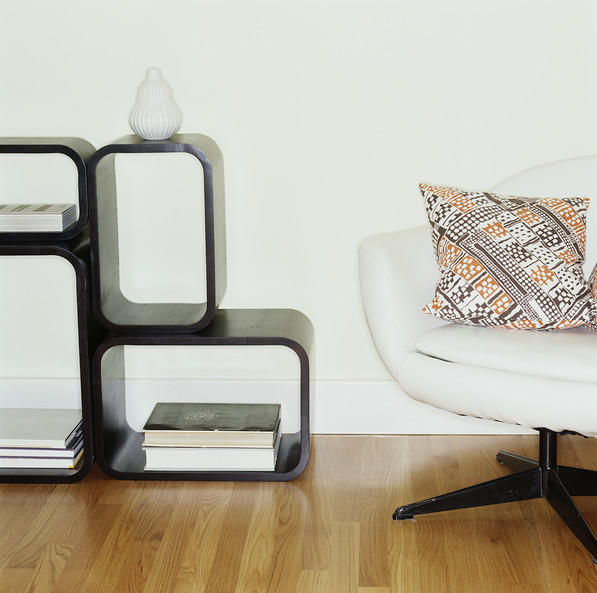Just Keep Things Moving With a Heat Pump
See if We Have Top-Rated
HVAC Contractors in Your Area

Heat pumps use the same technology as your refrigerator. Through coils and compressors, they take two spaces in relative equilibrium and move heat from one place to another, making one space warmer and the other space cooler. The most common heat pump is the air source heat pump. This pump exchanges heat with the air outside your home. It is the easiest and cheapest kind of pump to install, but is also most dependent on a reasonably mild climate. These pumps will become impractical in extreme heat or cold. On the other hand, since they move heat and don't convert an external fuel into a heat source, they can be extremely economical and efficient in the proper setting.
The Simple Things
If you decide an air source heat pump is right for you, there are some things you should do to make sure it runs effectively throughout its lifetime. Most air source heat pumps have an inside and outside component. Make sure the outside component is shielded from the wind as much as possible so the unit can efficiently defrost. Also, the outside component will make noise, so ask how much noise a particular unit will create and try to put it in a place that isn't near any windows. Some noise may also be alleviated by placing the unit on a noise-reducing mount.
Efficiency Ratings
All air source heat pumps include an EnergyGuide label, which will tell you the relative efficiencies of both the heating and cooling operations of that particular pump. You should see HSPF on the label. This stands for heating season performance factor and will tell you about the performance of this pump in the winter. The higher the number the better—we recommend you don't buy a model rated lower than an 8. SEER stands for Seasonal Energy Efficiency Ratio and rates the pumps cooling performance in the summer. This rating varies more widely. A competent unit will have a 12 rating. The most efficient units can range as high as 18 and these units are getting better all the time.
Low your heating bills! Use this link to install an energy saving
Heat PumpMost air source heat pumps work best in warmer climates, which may explain why SEER ratings are getting better and better. Most standard heat pumps will have trouble running efficiently and effectively when the outside air temperature drops below 40 degrees. Cold climate heat pumps have been developed that work all the way down to 0 degrees Fahrenheit, but it's still more common to use heat pumps as an auxiliary heating system in colder climates.
Other Kinds of Heat Pumps
+ Ductless, Mini-Split Pumps: These pumps are usually retrofitted and typically work together with another ductless heating system, such as hydronic heating, radiant panels, or space heaters.
+ Absorption Pumps: These pumps work similarly to air-source pumps, but instead of electricity, they use an alternate energy source, most often natural gas. They are called absorption pumps because the refrigerant in residential pumps is based on an ammonia-water absorption cycle.
+ Geothermal Pump: These pumps use the constant temperature that exists several feet underground. This consistent heat source creates greater efficiency and is unaffected by extreme hot and cold air temperatures.
More Tips & Advice For Your Home
- Recent Articles

